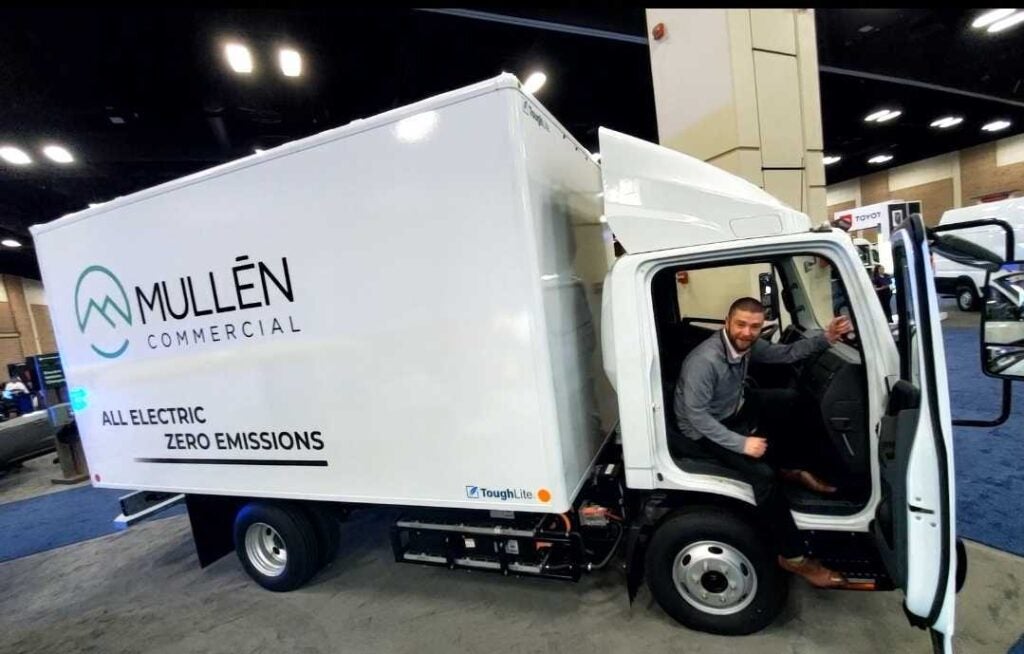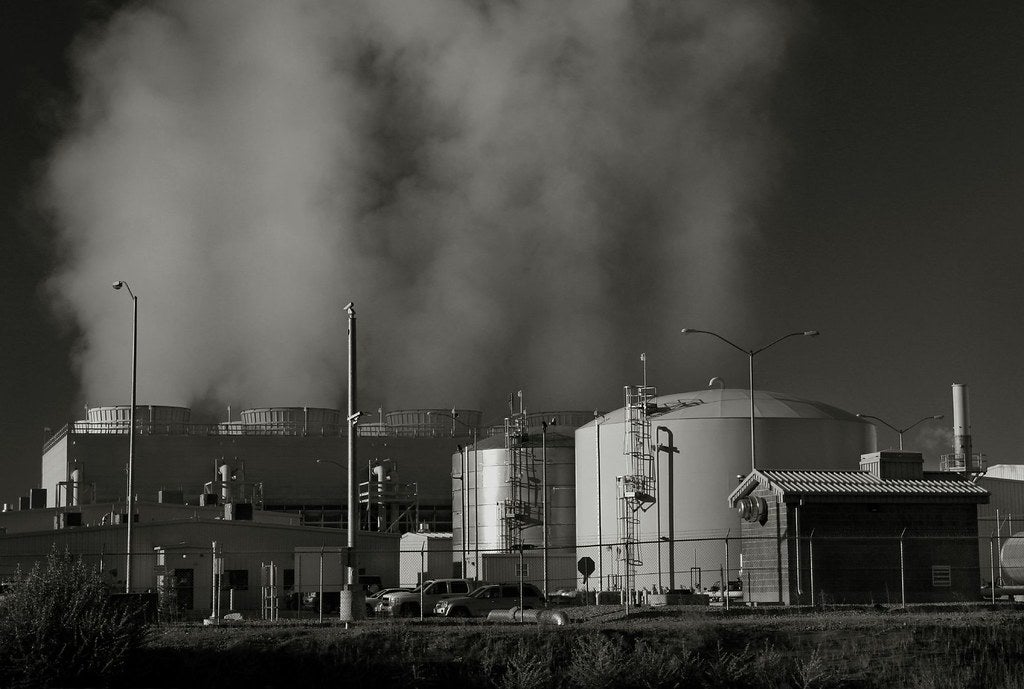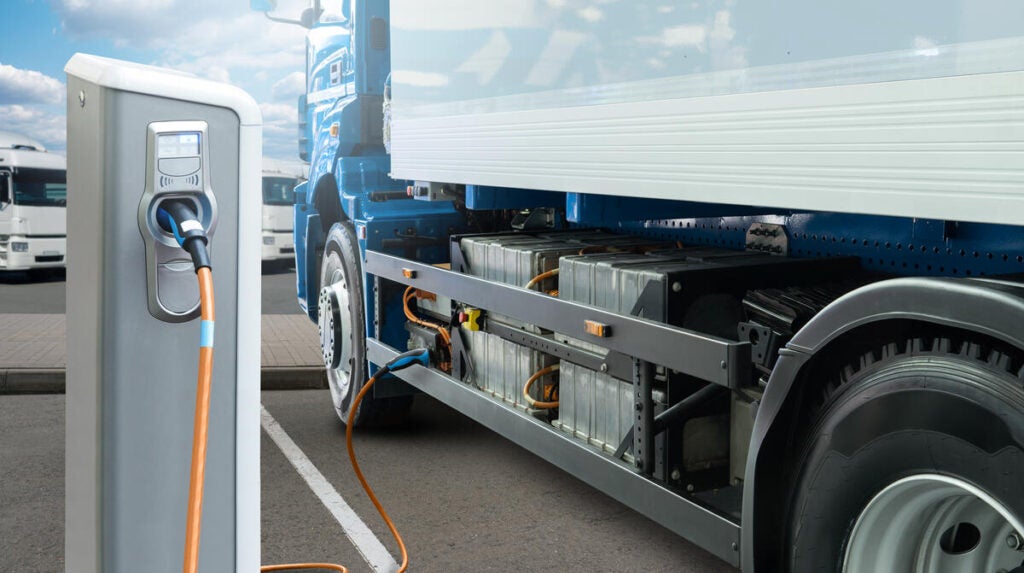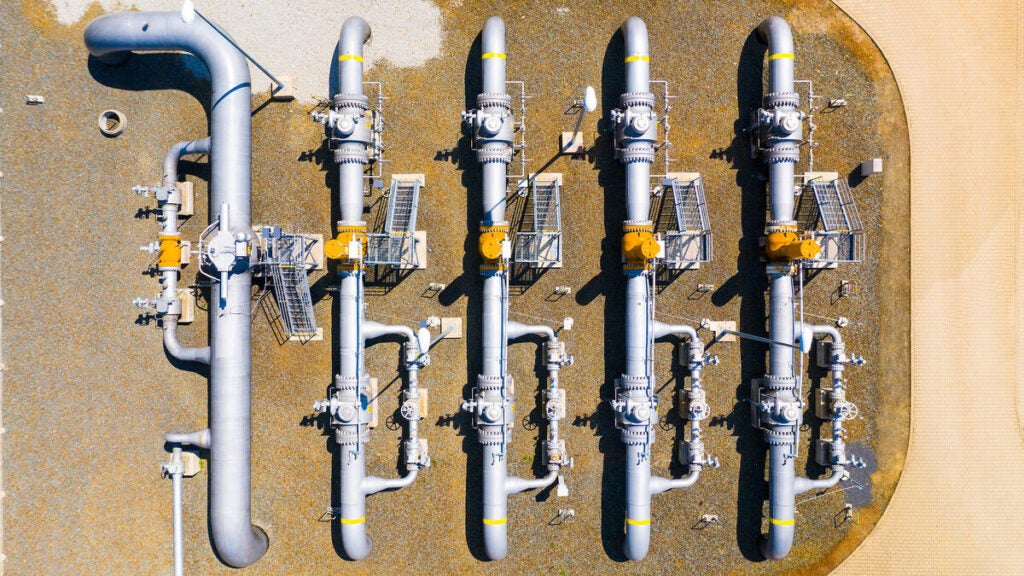By Lindsay Shigetomi and Kae Tuitt
This week, EDF witnessed the hardworking spirit of the fleet industry at the NAFA Fleet Management Association’s Institute and Expo, where thousands of fleet professionals from all over the country gathered in San Antonio, Texas to learn, share and gain new insights into fleet operations. We saw a level of engagement from fleets and other attendees that showed how the fleet industry is evolving. Fleets are now taking on the additional responsibility as stewards of sustainability projects, which was reflected in the event programming — more than a quarter of the 40-plus educational sessions were focused on sustainability, zero-emission vehicles and electrification.















